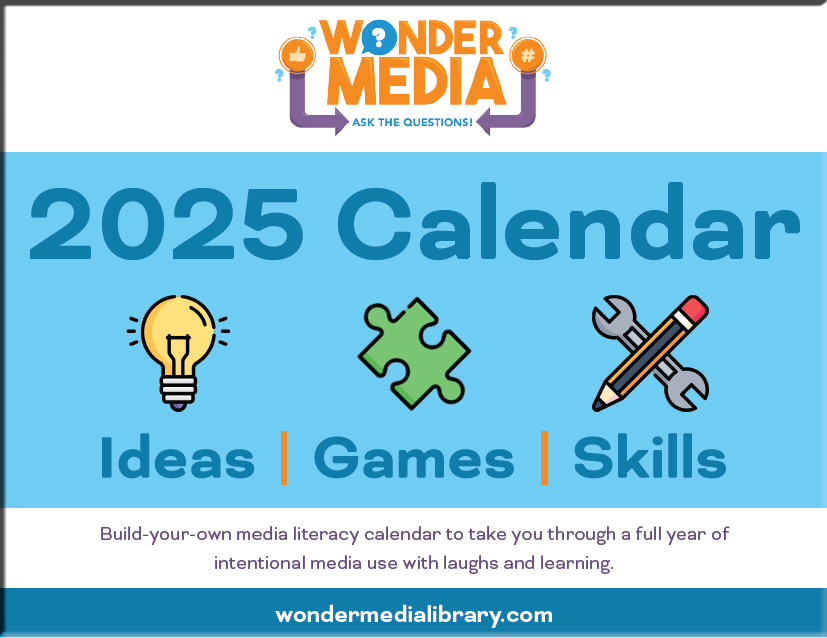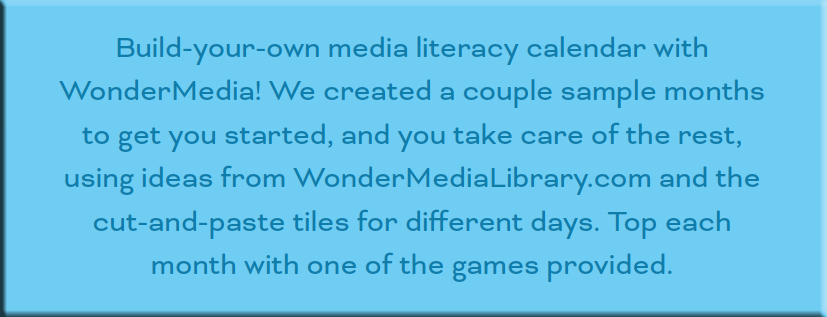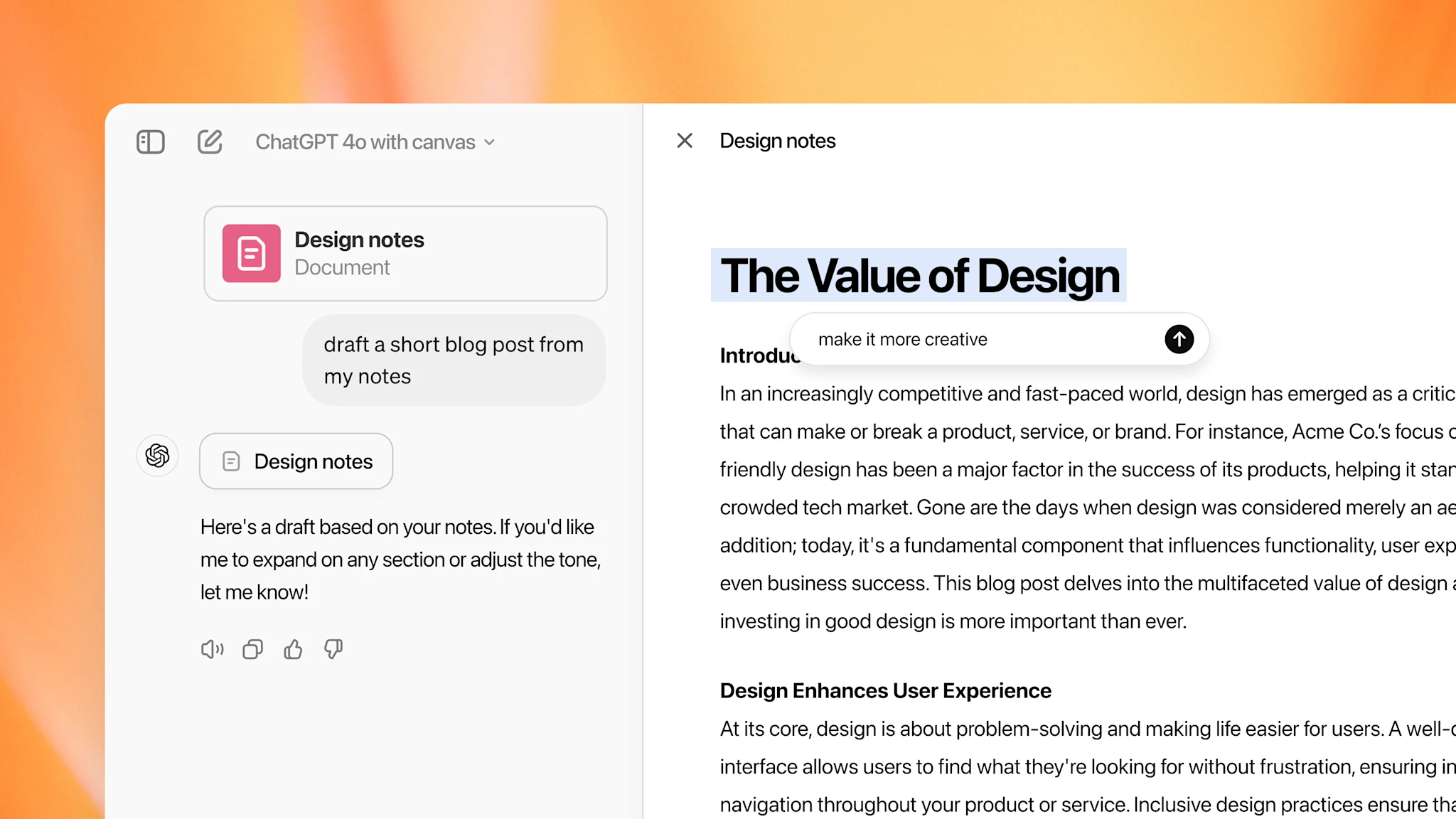Google Workspace enables the future of AI-powered work for every business — from workspace.google.com
The following AI capabilities will start rolling out to Google Workspace Business customers today and to Enterprise customers later this month:
- Get AI assistance in Gmail, Docs, Sheets, Meet, Chat, Vids, and more: Do your best work faster with AI embedded in the tools you use every day. Gemini streamlines your communications by helping you summarize, draft, and find information in your emails, chats, and files. It can be a thought partner and source of inspiration, helping you create professional documents, slides, spreadsheets, and videos from scratch. Gemini can even improve your meetings by taking notes, enhancing your audio and video, and catching you up on the conversation if you join late.
- Chat with Gemini Advanced, Google’s next-gen AI: Kickstart learning, brainstorming, and planning with the Gemini app on your laptop or mobile device. Gemini Advanced can help you tackle complex projects including coding, research, and data analysis and lets you build Gems, your team of AI experts to help with repeatable or specialized tasks.
- Unlock the power of NotebookLM Plus: We’re bringing the revolutionary AI research assistant to every employee, to help them make sense of complex topics. Upload sources to get instant insights and Audio Overviews, then share customized notebooks with the team to accelerate their learning and onboarding.
And per Evelyn from the Stay Ahead newsletter (at FlexOS)
Google’s Gemini AI is stepping up its game in Google Workspace, bringing powerful new capabilities to your favorite tools like Gmail, Docs, and Sheets:
- AI-Powered Summaries: Get concise, AI-generated summaries of long emails and documents so you can focus on what matters most.
- Smart Reply: Gemini now offers context-aware email replies that feel more natural and tailored to your style.
- Slides and images generation: Gemini in Slides can help you generate new images, summarize your slides, write and rewrite content, and refer to existing Drive files and/or emails.
- Automated Data Insights: In Google Sheets, Gemini helps create a task tracker, conference agenda, spot trends, suggest formulas, and even build charts with simple prompts.
- Intelligent Drafting: Google Docs now gets a creativity boost, helping you draft reports, proposals, or blog posts with AI suggestions and outlines.
- Meeting Assistance: Say goodbye to the awkward AI attendees to help you take notes, now Gemini can natively do that for you – no interruption, no avatar, and no extra attendee. Meet can now also automatically generate captions to lower the language barrier.
Eveyln (from FlexOS) also mentions that CoPilot is getting enhancements too:
Copilot is now included in Microsoft 365 Personal and Family — from microsoft.com
Per Evelyn:
It’s exactly what we predicted: stand-alone AI apps like note-takers and image generators have had their moment, but as the tech giants step in, they’re bringing these features directly into their ecosystems, making them harder to ignore.
Announcing The Stargate Project — from openai.com
The Stargate Project is a new company which intends to invest $500 billion over the next four years building new AI infrastructure for OpenAI in the United States. We will begin deploying $100 billion immediately. This infrastructure will secure American leadership in AI, create hundreds of thousands of American jobs, and generate massive economic benefit for the entire world. This project will not only support the re-industrialization of the United States but also provide a strategic capability to protect the national security of America and its allies.
The initial equity funders in Stargate are SoftBank, OpenAI, Oracle, and MGX. SoftBank and OpenAI are the lead partners for Stargate, with SoftBank having financial responsibility and OpenAI having operational responsibility. Masayoshi Son will be the chairman.
Arm, Microsoft, NVIDIA, Oracle, and OpenAI are the key initial technology partners. The buildout is currently underway, starting in Texas, and we are evaluating potential sites across the country for more campuses as we finalize definitive agreements.
Your AI Writing Partner: The 30-Day Book Framework — from aidisruptor.ai by Alex McFarland and Kamil Banc
How to Turn Your “Someday” Manuscript into a “Shipped” Project Using AI-Powered Prompts
With that out of the way, I prefer Claude.ai for writing. For larger projects like a book, create a Claude Project to keep all context in one place.
- Copy [the following] prompts into a document
- Use them in sequence as you write
- Adjust the word counts and specifics as needed
- Keep your responses for reference
- Use the same prompt template for similar sections to maintain consistency
Each prompt builds on the previous one, creating a systematic approach to helping you write your book.
Adobe’s new AI tool can edit 10,000 images in one click — from theverge.com by Jess Weatherbed
Firefly Bulk Create can automatically remove, replace, or extend image backgrounds in huge batches.
Adobe is launching new generative AI tools that can automate labor-intensive production tasks like editing large batches of images and translating video presentations. The most notable is “Firefly Bulk Create,” an app that allows users to quickly resize up to 10,000 images or replace all of their backgrounds in a single click instead of tediously editing each picture individually.

















